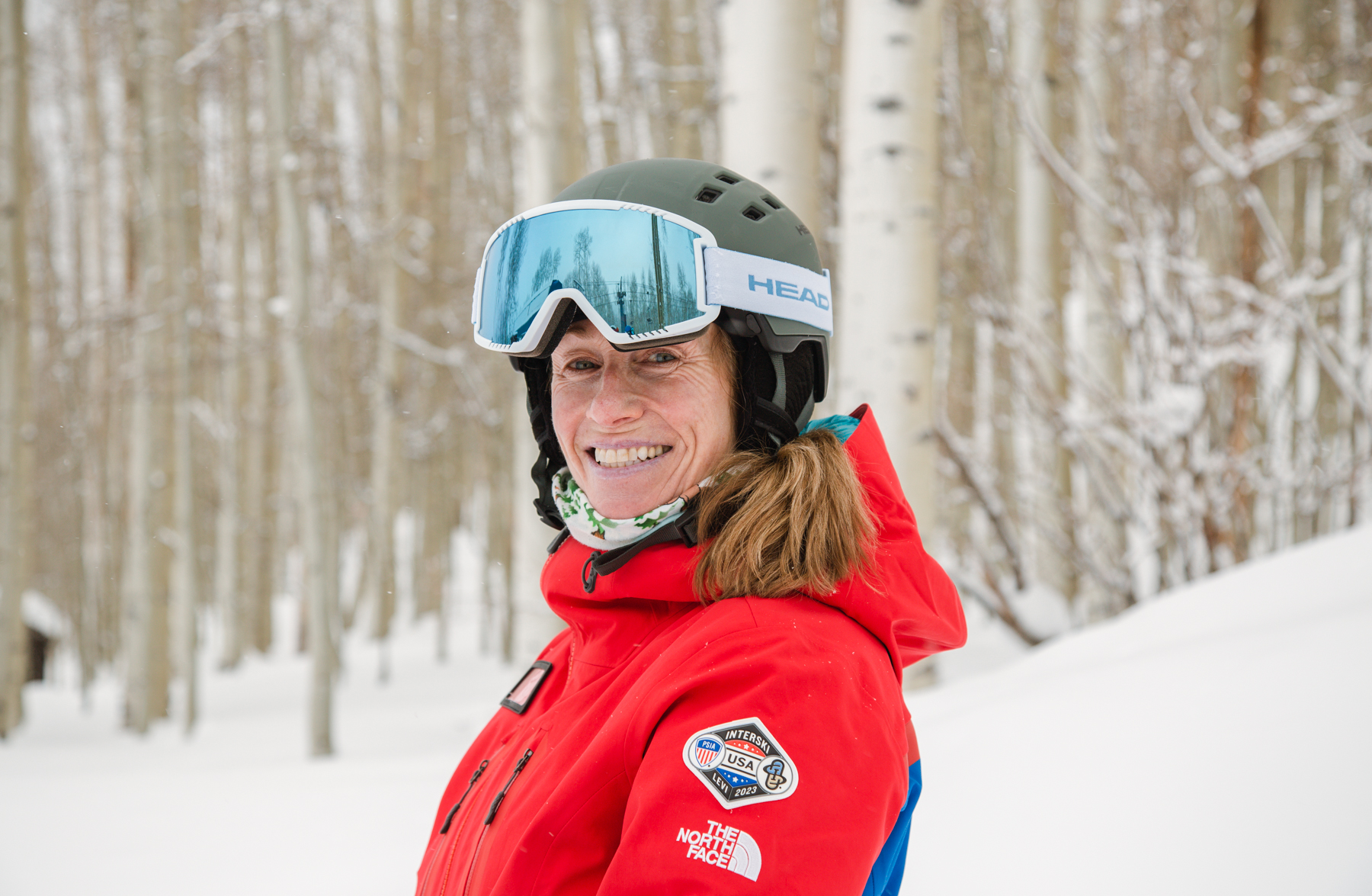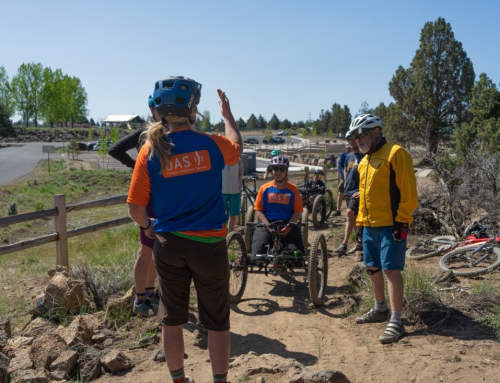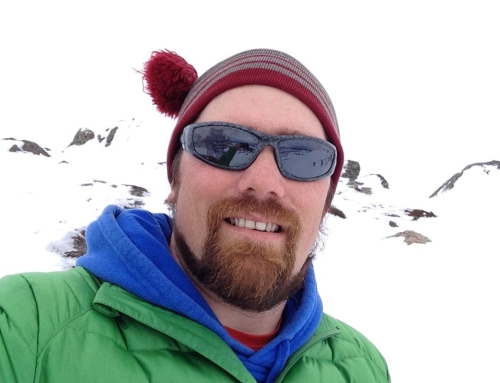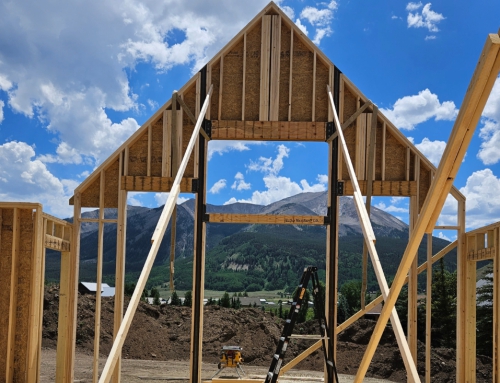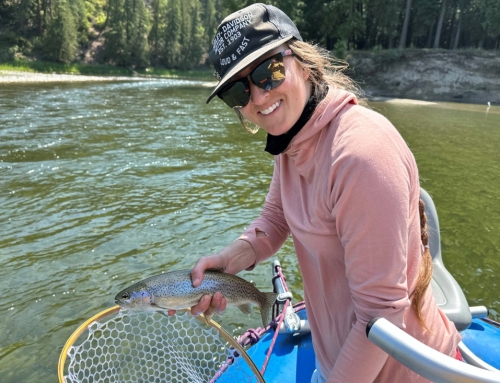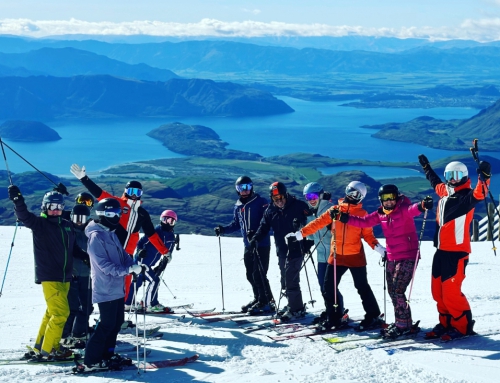The Professional Skier: Changing Movement Patterns – It’s Not Always Pretty
The recent Interski event serves to remind us that instructors benefit from embracing the innovation that drives the future of snowsports instruction. There’s also value, of course, in wisdom that stands the test of time. Take for instance, this excerpt from an article by PSIA Alpine Team member Robin Barnes – which appeared in the Spring 2008 issue of The Professional Skier, the predecessor to 32 Degrees magazine.
CHANGING A MOVEMENT PATTERN in skiing is difficult. We become conditioned to a certain way of moving and even though we try to make changes, there’s a tendency to come back to the very same movement we’re striving to change. It’s our home base. We’re comfortable there, even though it might not be as efficient, strong, fast, or where we want to be for whatever reason.
In order to break the mold, it’s necessary to embrace the notion that things will feel strange and uncomfortable before they feel better. If, during the transition period of changing a movement pattern, you feel at home and comfortable, I would argue that you are doing the same old thing and not really changing your movements at all.
Try this. As you read, cross your arms at your chest. This is certainly a movement pattern that you are accustomed to. Note which arm is on top. Now relax your arms by your side as you continue to read. Cross your arms across your chest again, this time placing the other arm on top. Chances are that it (a) took a bit longer to do, and (b) doesn’t feel quite as comfortable and natural.
The awkwardness and deliberateness of this reversed arm-crossing is exactly the feeling that we must embrace as we seek to change a movement pattern in our skiing. According to “The Physiology of Motor Learning,” an article by noted exercise physiologist Frances A. Hellebrandt that appeared in Readings in Motor Learning, “Movements, not muscles, are represented in the cortex. Patterns are learned and those patterns are peculiar to every movement.” A reprogramming of how and in what order our muscles react, contract, and relax is necessary to register a new pattern in our brain. This is a very complex process.
During the initial stage of re-wiring our brains for a new pattern, performance will be inconsistent and movements will be slow, jerky, or uncoordinated. The movement pattern is so new that it is too thoughtful and deliberate to be fluid and efficient. It is in this stage that perseverance is essential as we tolerate less-than-comfortable sensations with the goal in mind of improved performance down the road. Take this message to heart yourself, but also pass it along to students – especially those who are struggling with tweaks to their technique or feel that they’re not progressing as fast as they’d like.
Changing our movement patterns can be downright frustrating. We may have successes when changing one aspect of a movement while failing to adapt other, subsequent patterns to that new movement, with performance temporarily suffering as a result. Fear not. With persistence, the change will come and confidence will increase. Over time, less attention will be devoted to how to execute the movement, and strategy and tactics will come to the forefront.
A U.S. Ski Team women’s coach once told me that from the time a ski racer is introduced to a new movement to the time that she actually has ownership of the movement is about one year. The athlete may reprogram the movement on gentle terrain at slow speeds but lack the ability to make the movement on aggressive terrain. Eventually she masters the aggressive terrain, then high speeds, then icy conditions. It all comes together after countless hours of practicing the correct movements. So if it ever feels like it’s taking a long time for you (or a student) to master a particular movement, take comfort in how long the process sometimes takes for elite athletes – who train for performance enhancement nearly every day of their lives!
It is paramount to get feedback about the accuracy of the change in movement. That may be from a trusted coach, from video, from your skis themselves, or from your own proprioception – depending on where you are in the learning process. In the earliest stage, external feedback is critical.
As you take ownership of the new pattern, you can monitor your own performance and better discern a desirable outcome. Once you’ve identified the sensations you seek, practice those movement over and over again.
Practice does not make perfect. Rather, practice makes permanent. We must identify specific times when practice is the goal (versus performance) and repeat the desired movement. A 1988 article in the journal of Teaching in Physical Education (“Relationship of Practice Using Correct Technique to Achievement in Motor Skill” by M. H. Ashy, D.K. Landin, and A.M. Lee) indicates that 1) the total number of practice trials was not related to achievement; and that, 2) the total number of correct trials was related to achievement.
The implication of these conclusions is that performing practice trials with out attention to correct technique does not improve skill acquisition as well as correct performance does. The authors further state that the best route for skill enhancement would be to increase the number of properly executed trials. They even go so far as to say that “incorrect trials are a waste of time.”
That last statement lends credibility to the idea that to truly change a patterned movement, one must be willing to feel uncomfortable or awkward while seeking to reprogram. Without the awkward stage, status quo prevails. Change is essential if you strive to better your performance. This is the exciting time – it’s well worth the struggle!

